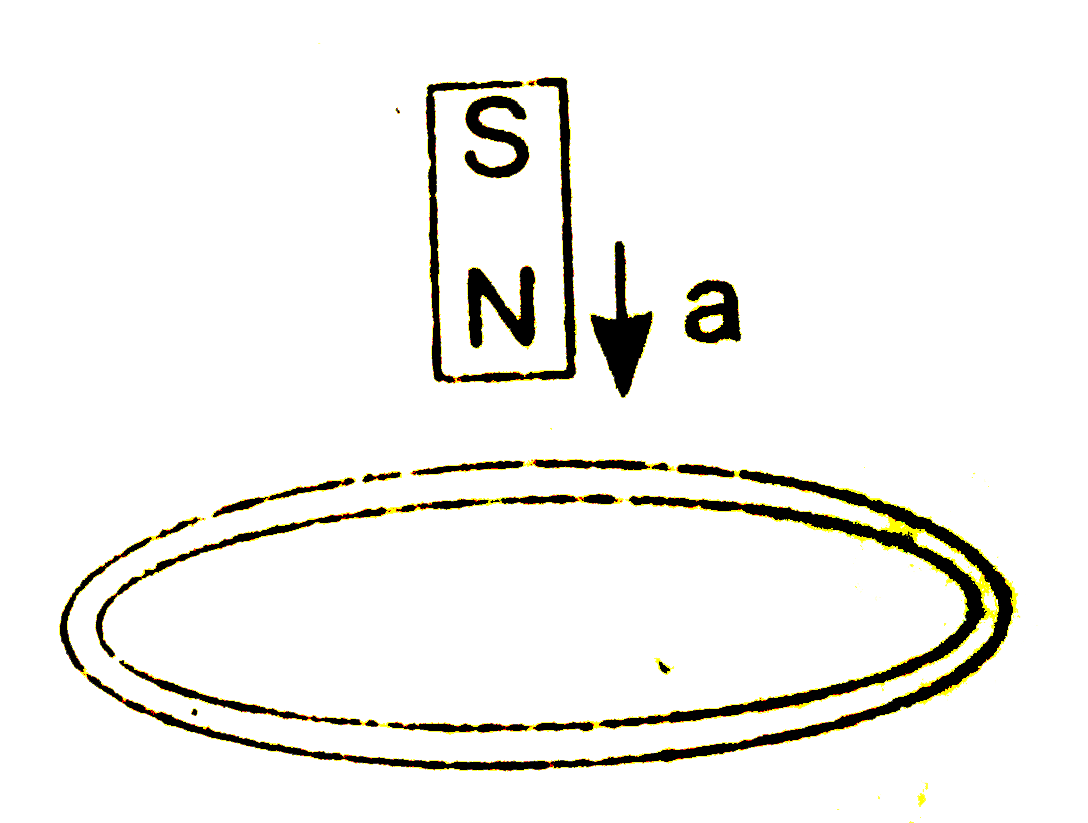A @ B , A is greater than B.
A + B , A is greater than or equal to B.
A $ B , A is equal to B.
A © B , A is smaller than B.
A ⊗ B , A is smaller than or equal to B.
Statements: P © Q, W + N,P+N , T @ W
Conclusions: I. P $ W II. Q © W
only I is true
only II is true
if either I or II is true
neither I nor II is true
The correct Answer is:D
Statements: P<Q,W≥N,P≥N,T>W
Conclusions: I. P = W II. Q<W
I must be wrong as there are no equalities in the given statements. (Tip 7: quick method). II must be wrong as Q is not less than any number in the given statements.
Topper's Solved these Questions
- CODED INEQUALITIESBOOK - M K PANDEYCHAPTER - CODED INEQUALITIESEXERCISE - Learner.s Exercise II
10 Videos
- CODED BINARY NUMBERS BOOK - M K PANDEYCHAPTER - CODED BINARY NUMBERS EXERCISE - PRACTICE EXERCISES
25 Videos
- CODED RELATIONSHIPS BOOK - M K PANDEYCHAPTER - CODED RELATIONSHIPS EXERCISE - PRACTICE EXERCISES
35 Videos
Similar Questions
Given below are two pairs of inequalities. Combine them if possible and write the conclusion-inequality.
A>D,C>D
View SolutionIn a certain code, the symbol for 0 (zero) is * and that for 1 is Δ. There are no other symbols for all other numbers greater than one. The numbers greater than 1 are to be written only by using the two symbols givnen above. The value of the symbol for 1 doubles itself every time it shifts one place to the left. Study the following examples :
'0' is written as *
'1' is written as Δ
'2' is written as Δ*
'3' is written as ΔΔ
'4' is written as Δ ** and so on.
Which of the following numbers will be represented by ΔΔΔ*Δ ?
View SolutionRead the following information carefully and answer the questions given below it:
P÷ Q means P is the father of Q
P+Q means P is the mother of Q
P-Q means P is the brother of Q
P ×Q means P is the sister of Q
If A+B÷C−D,then A is D's
View Solutionचित्रानुसार एक दण्ड चुम्बक मुक्त रूप से एक कुण्डली के बीच से होकर गिरता है। कारण सहित बताइए कि चुम्बक का त्वरण (a ) गुरुत्वीय त्वरण (g ) से कम अथवा समान अथवा अधिक होगा।

View Solution(a−b)x+(a+b)y=a2−2ab−b2
(a+b)(x+y)=a2+b2
रेखिक समीकरणो के युग्मो को हल कीजिए :
View Solutionहल कीजिए: xa+yb=1 और a(x−a)−b(y+b)=2a2+b2
View Solutionc को दो भगो में एक प्रकार सोने की छड़ बन जाए ? कीजिए की बड़े भाग का 'a ' गुना छोटे भाग के 'b ' गुने के बराबर है ।
View Solutionयदि 10 टिकटों पर 1 से 10 तक की (प्रत्येक पर एक) संख्यायें लिखी हुई हैं। कोई संख्या दोहराई नहीं गई है। यदि A एक ऐसी घटना है, जिसमें विषम संख्यायें हों और B एक ऐसी घटना हो, जिसमें 3 से विभाज्य संख्या हों, तो दिखाओ कि P(A∪B)=P(A)+P(B)−P(A∪B)
View Solutionजाँच कीजिए कि निम्न प्रायिकताएँ P(A) और P(B) युक्ति संगत.(consistently) परिभाषित की गई हैं :
(I) P(A)=0.5 , P(B) =0.7 P(A∩B)=0 .6
(ii) P(A)=0.5 P (B) =0.4 ,P(B) = 0.4 ,P(A∩B)=0.5
View Solutionयदि A और B दो घटनाएँ इस तरह से हों कि P(A)=13,P(B)=14,P(A∩B)=15 तो P(A/B)=
View Solutionनिम्नलिखित कथनों पर विचार करें :
कथन I : यदि A और B प्रतिदर्श समष्टि S के संगत दो घटनाएँ ऐसा है कि P(A)=0.2 और P((B)=0⋅8 तो A⋃B एक सुनिश्चित घटना है |
कथन I : यदि A और B परस्पर अपवर्ती हों तो P(A)+P(B)=1 इन कथनो में :
View Solutionयदि P(A)=38,P(B)=12,P(A∩B)=14, तो P(A/B)=
View Solutionयदि A तथा B दो स्वतंत्र घटनाएँ हों, तो सिद्ध करें कि P(A∪B)=1−P(A')P.(B')
View Solutionयदि (If) tan.θ2=√a−ba+btan.φ2 साबित करें कि
cosθ=acosφ+ba+bcosφ
View Solutionसर्वसमिकाओ को सिद्ध करो
sinA−sinBcosA+cosB+cosA−cosBsinA+sinB=0
View Solutionसर्वसमिकाओ को सिद्ध करो :
(tanA+cosecB)2−(cotB−secA)2=2tanAcotB(cosecA+secB)
View Solution
